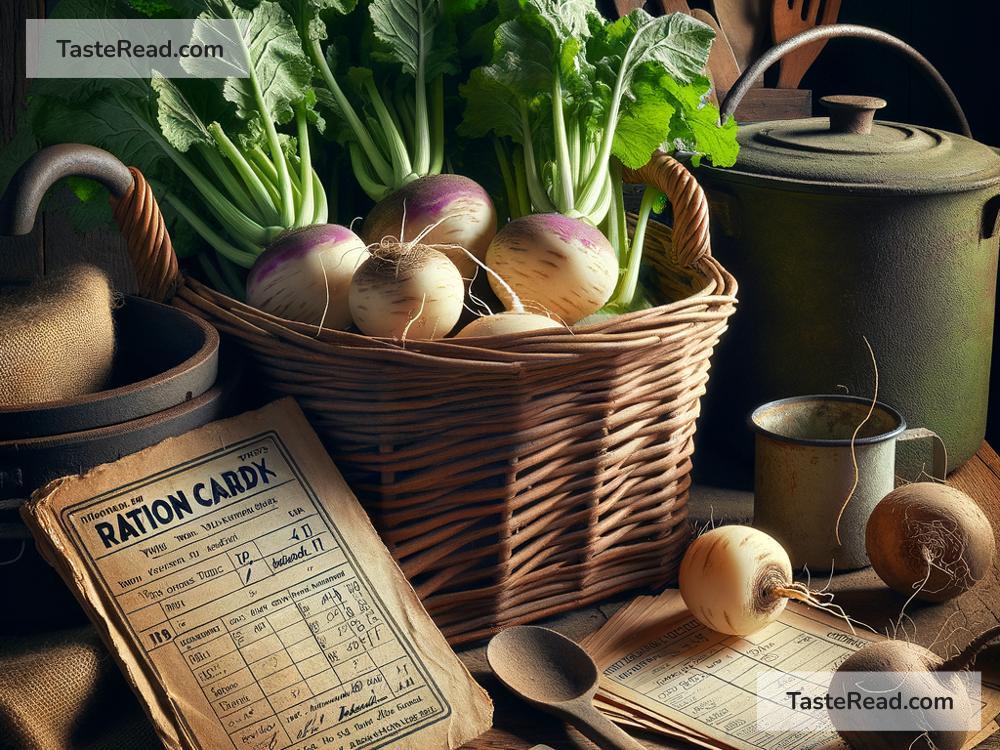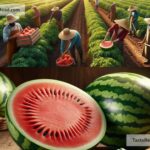The Curious Story of Turnips in European Wartime Diets
When we think about war, we often picture battles, soldiers, and victory celebrations. But behind the scenes of any war, there’s another silent battle happening—the fight to keep people fed. Food shortages were common during wartime in Europe, especially during World War I and World War II. Soldiers needed rations, farming was disrupted, and imported goods became scarce. This is where a humble root vegetable stepped in to play an unexpected starring role—the turnip.
Yes, the turnip! This pale vegetable, often overlooked in favor of potatoes or carrots, became a lifesaver for millions during Europe’s most challenging times. Though it wasn’t glamorous, it was nutritious and resilient, and its history during wartime tells us a lot about survival, ingenuity, and resilience.
Turnips: A Forgotten Vegetable with Big Potential
Turnips are one of the oldest cultivated vegetables, dating back thousands of years. They’re easy to grow, even in poor soils, and can survive cold weather, which makes them ideal for tough conditions. While they had been part of European diets for centuries, they were never the centerpiece of a meal. Turnips were often seen as peasant food, served boiled or mashed, and usually overshadowed by tastier staples like potatoes, bread, or meat.
But when war disrupted daily life, Europeans had no choice but to turn back to this forgotten vegetable.
The “Turnip Winter” in World War I
To truly understand the role of turnips in wartime diets, we need to go back to the winter of 1916–1917 in Germany during World War I. This period became infamous and is still remembered today as the “Turnip Winter.”
At this time, Germany was facing food shortages on an alarming scale. The British naval blockade was cutting off supply routes, preventing imports of food and fertilizers needed for farming. The crops that were grown were either consumed by the army or spoiled due to poor management. Worse, a wet summer in 1916 ruined most of the potato harvest, which was a critical part of the German diet. With no potatoes, no bread, and barely any meat, millions of Germans turned to turnips as their main—sometimes only—source of food.
Turnips became the ultimate survival food. They were boiled, mashed, stewed, or even baked into bread. People made turnip soup, turnip cakes, and turnip porridge. However, they were far from ideal. Turnips are watery and lack the rich flavor or energy density of staples like potatoes. Their taste quickly became tiresome, and eating them day after day was a test of endurance for many families. Still, they kept people alive when no other food was available.
Today, the Turnip Winter is remembered not just for the hardship, but for the ways it showed how an entire nation adapted to survive on very little.
Turnips During World War II
The story of turnips didn’t end with World War I. Just two decades later, during World War II, food shortages struck Europe again. This time, rationing systems were introduced to make sure every citizen received a fair share of limited supplies. Countries planned their strategies to grow food that was easy, cheap, and reliable, and the turnip once again stepped into the spotlight.
In Britain during the war, the government urged people to “Dig for Victory.” Citizens planted vegetables in their backyards, parks, and even sports fields. While potatoes and carrots were popular choices, turnips grew in abundance as well. They could endure harsh weather conditions, and they didn’t require a lot of care.
Turnips weren’t just used for human consumption. They became an important food for livestock too. Farmers fed turnips to cows, pigs, and sheep, ensuring animals could produce milk, eggs, and meat for the population.
Learning to Love the Turnip
What’s fascinating about the turnip’s wartime story is how people adapted to make the best of what they had. While turnips were easy to grow, they weren’t easy to love. Their sharp, slightly bitter taste didn’t appeal to everyone. So, cooks became creative, inventing recipes to disguise the flavor. Turnips were mashed with herbs, baked into pies, or pickled to last longer. It wasn’t gourmet cooking, but it worked to keep stomachs full.
The turnip became an emblem of wartime resilience. While no one celebrated eating them, they symbolized survival. People learned to appreciate the simple foods they had, and the turnip taught an important lesson: sometimes life isn’t about luxury, but making do with what’s available.
The Turnip’s Legacy Today
Thankfully, Europe’s wartime food crises are long over, but the legacy of turnips lives on. While they’re no longer a staple, turnips remind us of the hardships people faced and overcame during the wars. Today, they’re often used in soups, stews, and traditional recipes. Modern chefs even showcase them as a trendy ingredient, celebrating their unique taste and nutrition.
The story of turnips during wartime is a reminder of how people survive difficult times. It’s a story of resourcefulness and endurance—qualities that helped millions push through hunger and uncertainty. So next time you see a turnip at the grocery store, spare a thought for this humble vegetable that once carried a continent through its darkest days.


